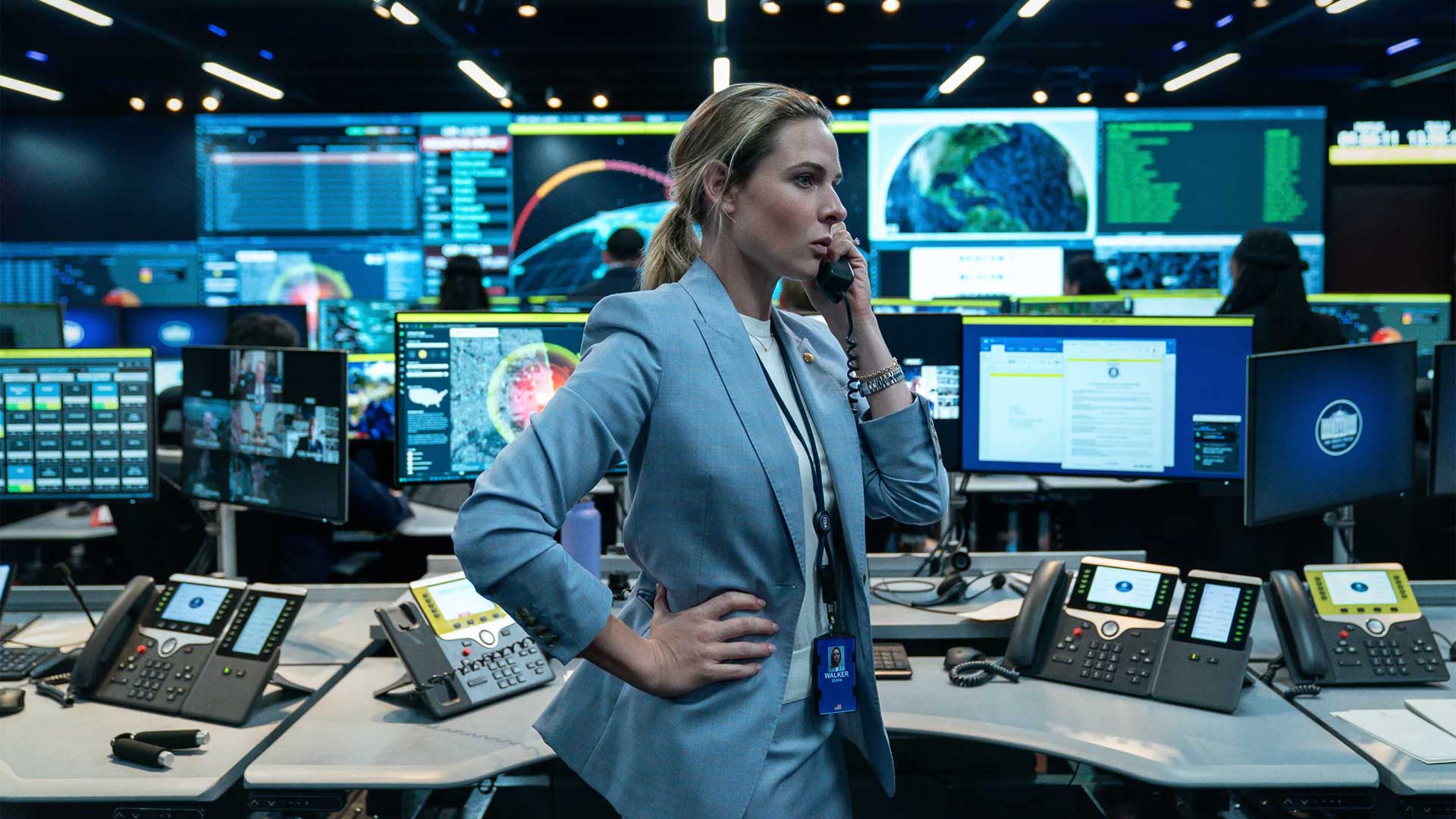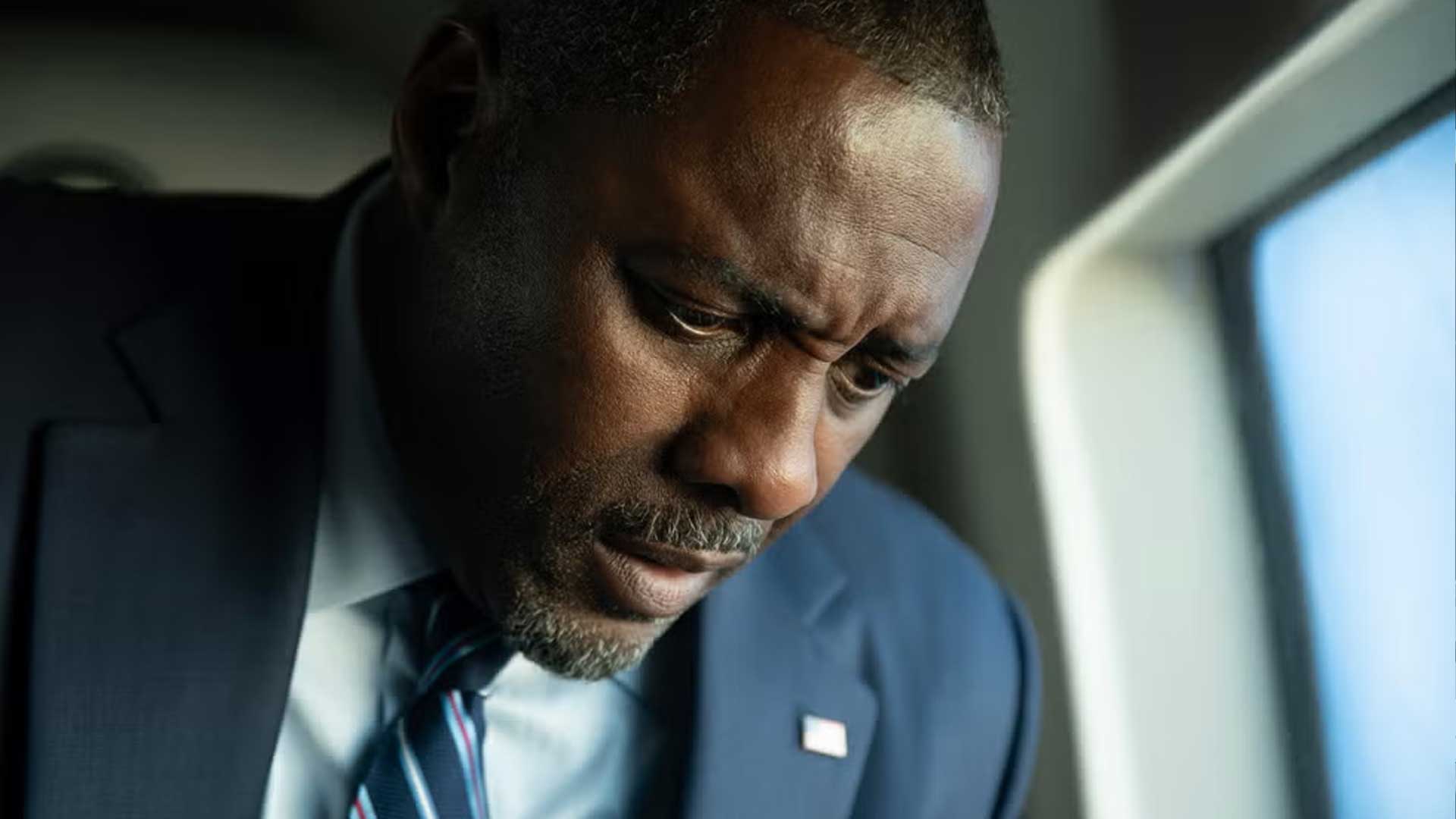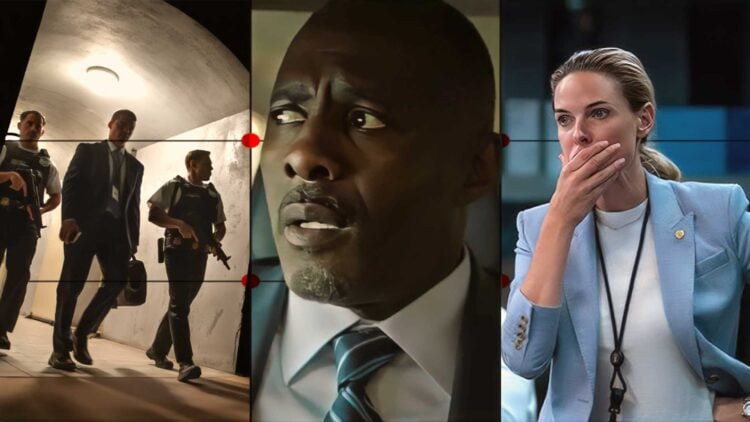Kathryn Bigelow’s return to filmmaking after an 8-year break should have been an event. Netflix‘s A House of Dynamite premiered at Venice to thunderous applause, scoring an 89 on Metacritic before dropping to a 75 once the dust, and the festival glow, settled. It’s a sharp drop, and if you’ve seen the movie, you know why. The first forty minutes are electric. The rest? Imagine trying to restart a car that’s already out of gas. Then it’s all made worse with A House of Dynamite‘s open ending.
The first act hums with tension. Volker Bertelmann’s score swells, the editing is razor-sharp, and you think, “This might be a great thriller.” Then the film hits reset and… keeps doing that. The Rashomon-style structure sounds ambitious, but in practice, it’s a cinematic treadmill. There’s lots of motion, but no progress. By the time we reach the final act, with a basketball-loving president wandering into a game, the film has run out of air. And then, just when something should happen, Bigelow cuts to black.
The official explanation? Bigelow said the ending was meant to “make you ask questions.” Fair. Except the only question most of us had was, “Should I cancel Netflix?” The film builds up to an apocalyptic decision—should the President launch a retaliatory strike or not?—only to go dark right before he acts. That’s not suspense. That’s a cinematic cop out.

To make matters worse, A House of Dynamite feels like a diluted version of a better story. Bigelow originally wanted to adapt Annie Jacobsen’s Nuclear War: A Scenario, but Legendary bought the rights and handed them to Denis Villeneuve. So Bigelow and co-writer Noah Oppenheim retooled Part II of the book into their own script. The result is a film that repeats the same 18-minute countdown three times from three perspectives that don’t actually add anything new.
Moses Ingram’s Cathy Rogers subplot is a particular head-scratcher. She’s introduced as the “Designated Evacuee,” but her storyline vanishes faster than common sense in a disaster movie. Idris Elba, on the other hand, does what he can as the President, and Rebecca Ferguson holds her own as a Situation Room advisor, but the characters are paper-thin. Everyone looks panicked, no one feels real, and the dialogue exists mostly to fill time between reaction shots.
Some fans argue the film’s structure is bold, that it mirrors the confusion of real-world crisis. Others think it’s a mess. I’m in the latter camp. The story loops itself into oblivion, as if the editor didn’t trust us to keep up. By the time it ends, or doesn’t, you’re too numb to care.

It’s a shame, because buried under all that repetition and self-seriousness is a solid concept: a real-time nuclear countdown told through human eyes. But A House of Dynamite forgets the “human” part. Bigelow wanted us to leave the movie debating morality and power. Instead, we’re debating why anyone thought this was finished.
If you’re tempted to watch A House of Dynamite, read Jacobsen’s book instead. It’s smarter, scarier, and… unlike Bigelow’s film… it actually has an ending.











Discussion about this post